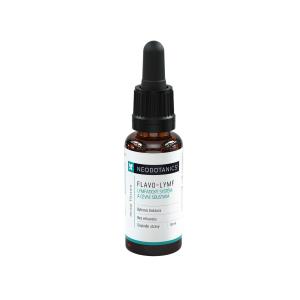Stinging nettle (Urtica urens)
Other names: Žahavka, Žihlava
Harm score: 1 (Natural substances)
Stinging nettle, also known by the names stinging nettle or stinging nettle, is an annual herb up to 60 cm tall that belongs to the nettle family. Its characteristic feature is the small, very stinging hairs that cover its stems and leaves. It is native to Europe and Asia, but is now found all over the world. It is often considered a weed, but its medicinal properties and its use in gastronomy and cosmetics are highly valued.
Stinging nettle is mainly used in food and cosmetics. Young nettle leaves can be added to salads, sauces, soups, risottos, pasta and many other dishes. Its taste is slightly spicy and reminiscent of spinach. In addition, nettles are also used to make teas, which are rich in vitamins and minerals and have a cleansing and detoxifying effect. In cosmetics, stinging nettle is popular for its nourishing and regenerative properties. It enters into the composition of hair shampoos, regenerating masks, face creams and other cosmetic products. Nettle helps treat acne, eczema and other skin problems, boosts circulation and stimulates hair growth.
Stinging nettle (Urtica urens) can be found in the following products
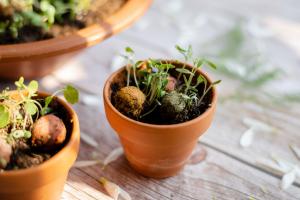
Seed Bombs - Small gift for teachers - Flowers (2 pcs)
Product detail
Seed Bombs - Small gift for teachers - Bunny (2 pcs)
Product detail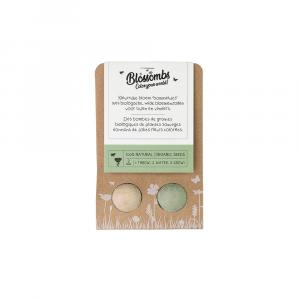
Seed Bombs - Tiny gift (2 pcs) - original and practical gift in one
Product detail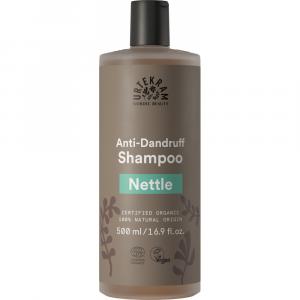
Nettle shampoo 500ml BIO, VEG
Product detail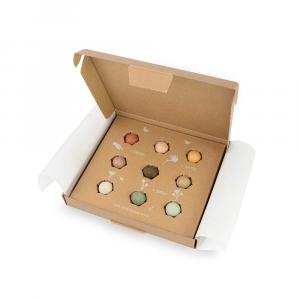
Seed Bombs - Gift Box Bouquet (9 pcs) - the original gift of love
Product detail